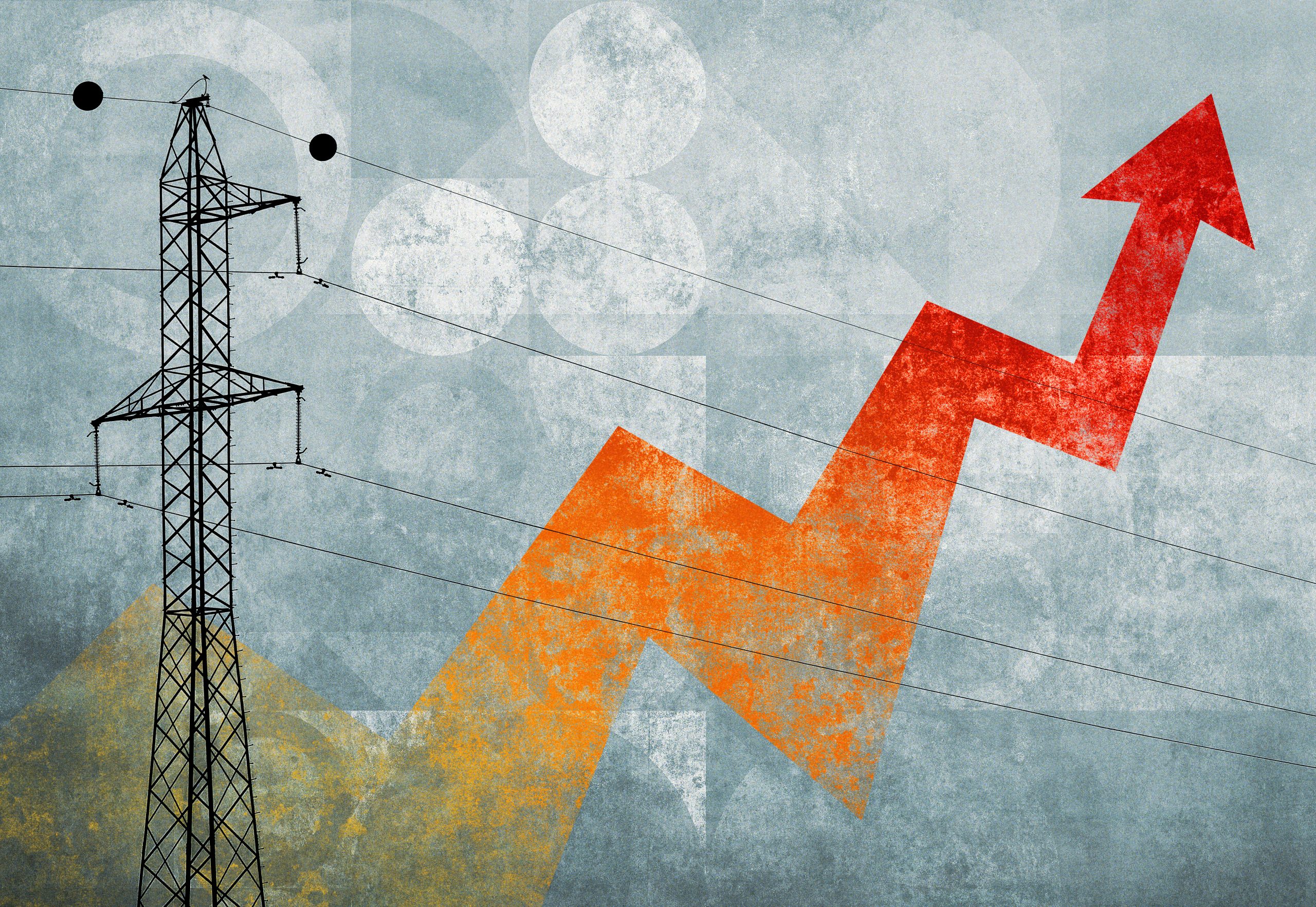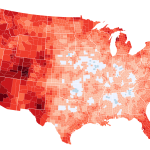Power Shock: Electricity Bills Soar, Squeezing American Budgets
American households are facing an unwelcome jolt: skyrocketing electricity bills. Residential electricity rates across the United States have surged, rising more than 30% on average since 2020, a pace nearly double the overall inflation rate in the past year. This persistent upward trend is putting a strain on budgets across the board, from renters to large-scale industrialists, and sparking political debate.
The Economic Ripple Effect
The impact of soaring electricity prices extends far beyond individual consumers. High energy costs act as a drag on the entire economy, disrupting crucial sectors such as manufacturing, construction, and transportation. Businesses face increased operating expenses, potentially leading to higher prices for goods and services, further exacerbating inflationary pressures. This creates a vicious cycle where rising energy costs contribute to a broader economic slowdown.
Political Fallout and Shifting Blame
The issue of electricity prices has quickly become a political flashpoint. Former President Donald Trump previously campaigned on promises of slashing energy costs, and the current upward trajectory directly contradicts that pledge. In response, Trump has blamed renewable energy sources, despite their status as the most cost-effective new sources of electricity generation. He has also pledged substantial financial support to the struggling coal industry, signaling a potential shift away from cleaner energy alternatives. This political maneuvering highlights the complexities of energy policy, balancing economic realities with environmental concerns and political agendas.
Looking Ahead: No Relief in Sight?
Unfortunately, experts suggest that the trend of rising electricity prices is unlikely to reverse anytime soon. Several factors contribute to this pessimistic outlook, including aging infrastructure, increasing demand, and geopolitical instability affecting fuel prices. Consumers are left grappling with how to manage their energy consumption and explore potential cost-saving measures, such as investing in energy-efficient appliances or exploring alternative energy sources like solar power. The long-term solution likely requires a multi-faceted approach, including strategic investments in modernizing the power grid, promoting energy conservation, and fostering the development of sustainable and affordable energy solutions. The coming months will be critical in determining whether the current “power shock” becomes a permanent fixture of the American economy.
Based on materials: Vox





